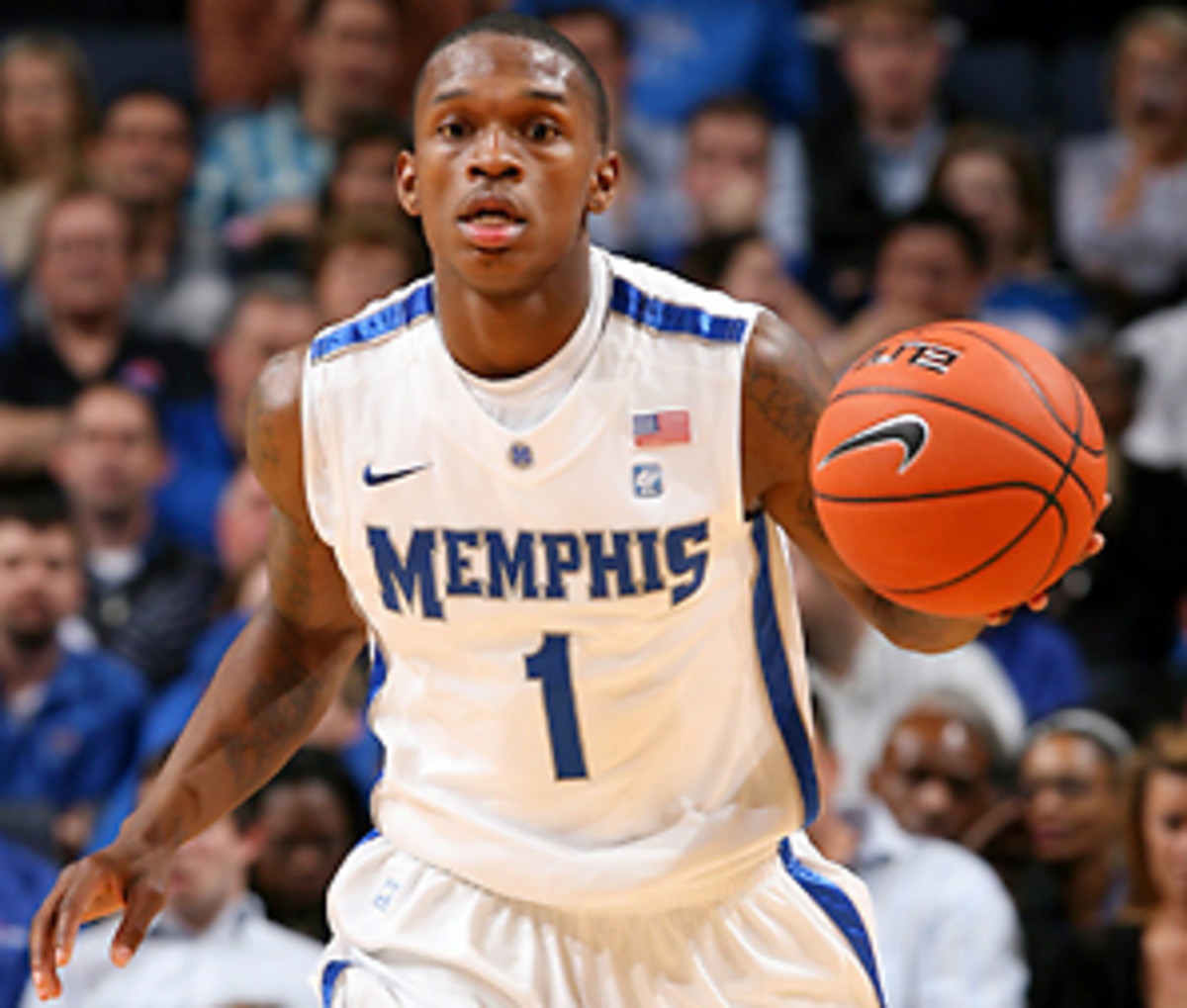Freshman Realism Project: What is the true impact of an elite recruit?
The sellout crowd of 17,873 was eager to see a crop of rookies they'd been frothing over for at least a year. I imagine that some of those same Memphis fans were among those who commented on my first 2010-11 rankings, which were posted on the morning after the Duke-Butler national title game in April. I put the Tigers at No. 24, which seemed reasonable. But some of their diehards were adamant that any designation other than top-15, or even top-10, was inappropriate. Nearly all of them said something along the lines of: "Haven't you heard about these kids Josh Pastner recruited?"
The nationally televised unveiling of Memphis' freshman was exciting, but it inspired me to revisit a file that I started last season, code-named the Freshman Realism Project. And so I spent much of the rest of ESPN's marathon making my eyes bleed by updating an Excel database of every top-100-RSCI recruit's true-freshman-year production, covering the classes of 2006, 2007, 2008 and 2009.
The goal was to use that data to establish a realistic set of expectations for elite freshmen, because no group in college basketball faces more wildly unrealistic expectations than elite freshmen. And the truth is that freshman statistical impact has been on the decline for the past two years. Examine the following chart:
If we focus only on top-20 recruits, the decline from the Derrick Rose-Mike Beasley-Kevin Love class is much steeper. Despite all the attention on John Wall and his fellow Kentucky classmates -- who mostly exceeded expectations -- the Class of 2009 was markedly worse in aggregate than the two that preceded it:
I use kenpom.com's tempo-free stats -- percent of minutes played, percent of possessions used, and offensive rating -- because they're a more level evaluation tool across all of Division I than raw numbers are. For context, these were the '09-10 statistical profiles of the four upperclassmen on SI's preseason All-America team from last week:
Now, here's what my database suggests a responsible fan can expect from recruits out of each top 100 rankings bracket in their true freshmen seasons (for reference with the Memphis players, Barton is No. 10 in the RSCI, Jackson is 16, and Black is 59):
That means the following expectations should be considered UNreasonable:
• That anyone outside the top 20 will appear in more than half his team's minutes or be much higher than a point-per-possession player.
• That anyone outside the top 10 will use possessions at the rate of a "go-to" guy, or score with All-America-level efficiency.
From the database, I chose two "baseline" players for each rankings bracket -- guys whose stats were closest to the four-year production average. The point of the chart below: Be happy if your top-10 shooting guard (say, Barton) outperforms Xavier Henry's freshman numbers at Kansas (13.4 ppg, 27.5 mpg, 112.7 offensive rating), not Eric Gordon's freshman numbers at Indiana. Or be happy that your 59th-ranked power forward (say, Black) outperforms Rick Jackson's freshman numbers at Syracuse (3.7 points, 12.9 minutes, 98.5 offensive rating) rather than J.J. Hickson's freshman numbers at N.C. State.
In order to create bigger samples for identifying positional trends, I put players into one of three groups -- point guards, wings or bigs. The primary finding from this is how rapidly post players' impact drops off outside the top 10, 20, 30 and 40. The charts below show how minute percentage and possession-usage percentage flow by position through the top 100:
I've focused on Memphis thus far because of its multitude of freshmen, but the lessons above are relevant for rookies all over the country. In a SI Preview Twitter chat on Wednesday, one of the questions I was asked was, "How long do we have to wait for Fab Melo to become a factor?"
Melo is Syracuse's 7-foot Brazilian freshman; he was ranked No. 14 in the RSCI for the Class of 2010. Through three games, he's averaging 15.3 minutes, 2.7 points and 2.7 rebounds -- figures that are below the baseline for 10-20-ranked recruits, and glaringly low for someone who Orange coach Jim Boeheim was touting as a potential Big East Freshman of the Year.
But the charts above show how low the odds are to find an immediate, high-impact big man outside the top 10. Melo would hardly be the first 10-30-ranked big underwhelm in Year 1. Only the small crew of hyper-elite bigs seem to be locks to produce at an award-worthy rate as freshmen. And who are those guys this year? One is Enes Kanter (RSCI: 7), who's been ruled ineligible at Kentucky; we're unlikely to be able to add any Kanter stats to the database next season. The other is Ohio State's Jared Sullinger (RSCI: 2), who just scored 26 points and grabbed 10 rebounds in a huge nonconference win over Florida on Tuesday.
Filing from that game, SI's Seth Davis wrote, "The most impressive aspect of Sullinger's performance was just how unimpressed he was by it." Ohio State, its fans, the punditry, and the database all expected Sullinger to be an instant force -- and apparently, so did he. It was a rare case where everyone was being realistic.





